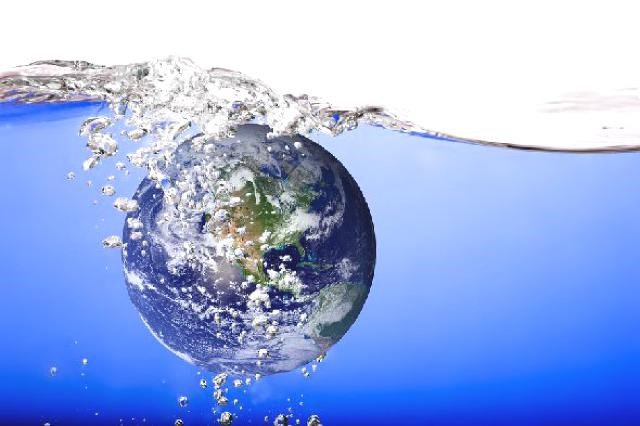There is a world-wide push to bring safe water to millions around the world, especially on World Water Day. UNICEF said there is some challenges due to climate change, which threatens both water supply and water safety for millions of children living in drought- or flood-prone areas.
In 2015 at the end of the Millennium Development Goal era, all but 663 million people around the world had drinking water from improved sources. However, data from newly available testing technology show that an estimated 1.8 billion people may be drinking water contaminated by e-coli.
“Now that we can test water more cheaply and efficiently than we were able to do when the MDGs were set, we are coming to terms with the magnitude of the challenge facing the world when it comes to clean water,” said Sanjay Wijeserkera, head of UNICEF’s global water, sanitation and hygiene programmes. “With the new Sustainable Development Goals calling for ‘safe’ water for everyone, we’re not starting from where the MDGs left off; it is a whole new ball game.”
One of the principal contributors to faecal contamination of water is poor sanitation. Globally 2.4 billion people lack proper toilets and just under one billion of them defecate in the open. This means faeces can be so pervasive in many countries and communities that even some improved water sources become contaminated. When water becomes scarce during droughts, populations resort to unsafe surface water.
At the other end of the scale, floods damage water and sewage treatment facilities, and spread faeces around, very often leading to an increase in water-borne diseases such as cholera and diarrhoea.
Higher temperatures brought on by climate change are also set to increase the incidence of water-linked diseases like malaria, dengue — and now Zika — as mosquito populations rise and their geographic reach expands.
“Climate change is one of the greatest threats of our time, whose impact is being felt more acutely around the world,” said David Morley, president and CEO of UNICEF Canada. “Children and young people are especially vulnerable to its destabilizing impact.”
According to UNICEF, most vulnerable are the nearly 160 million children under five years old globally who live in areas at high risk of drought.
Around half a billion live in flood zones. Most of them live in sub-Saharan Africa and in Asia.
On World Water Day, UNICEF is launching a global Instagram campaign to raise awareness of the link between water, the environment and climate change.




